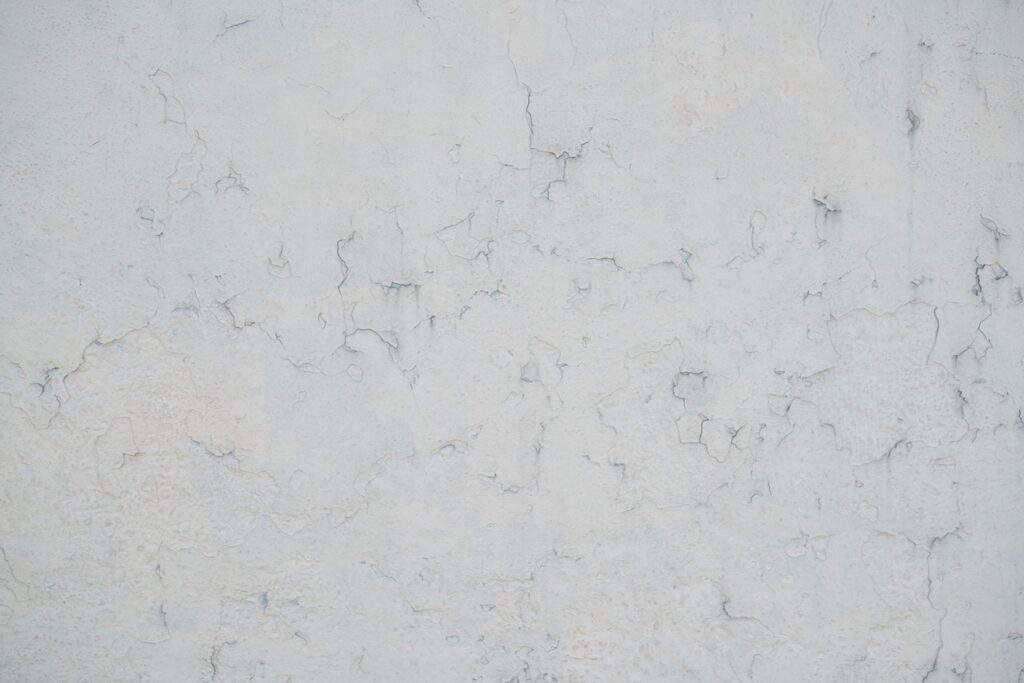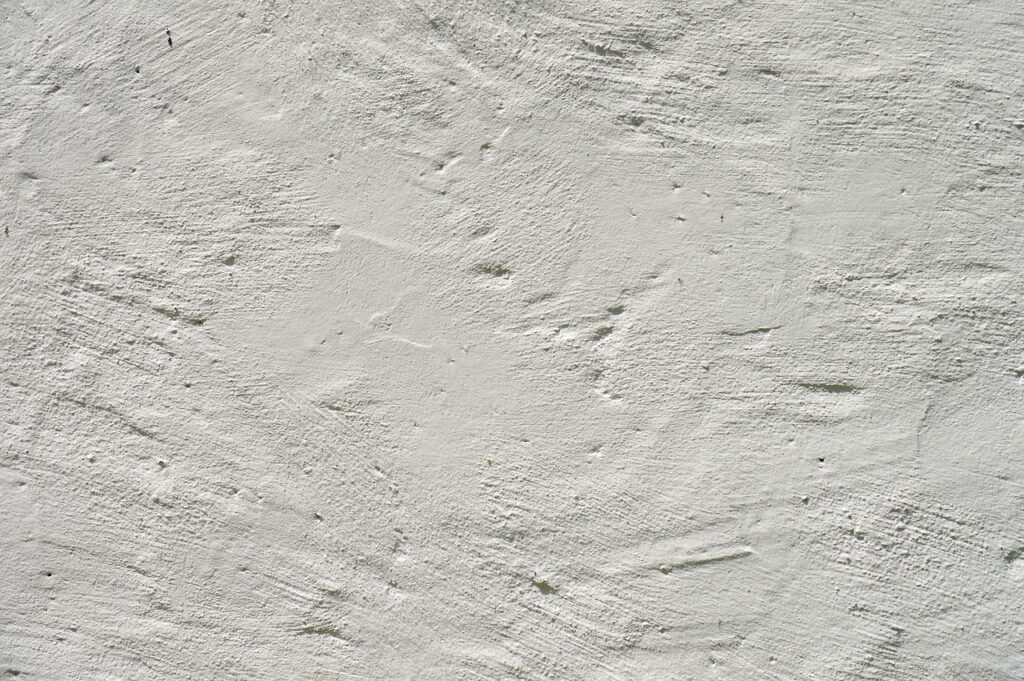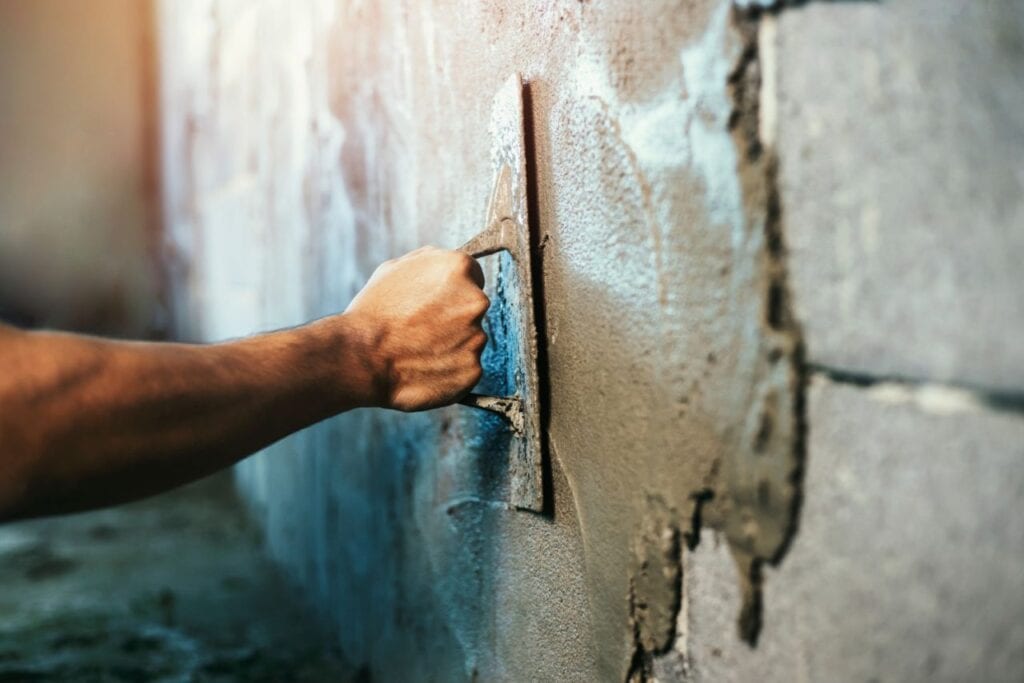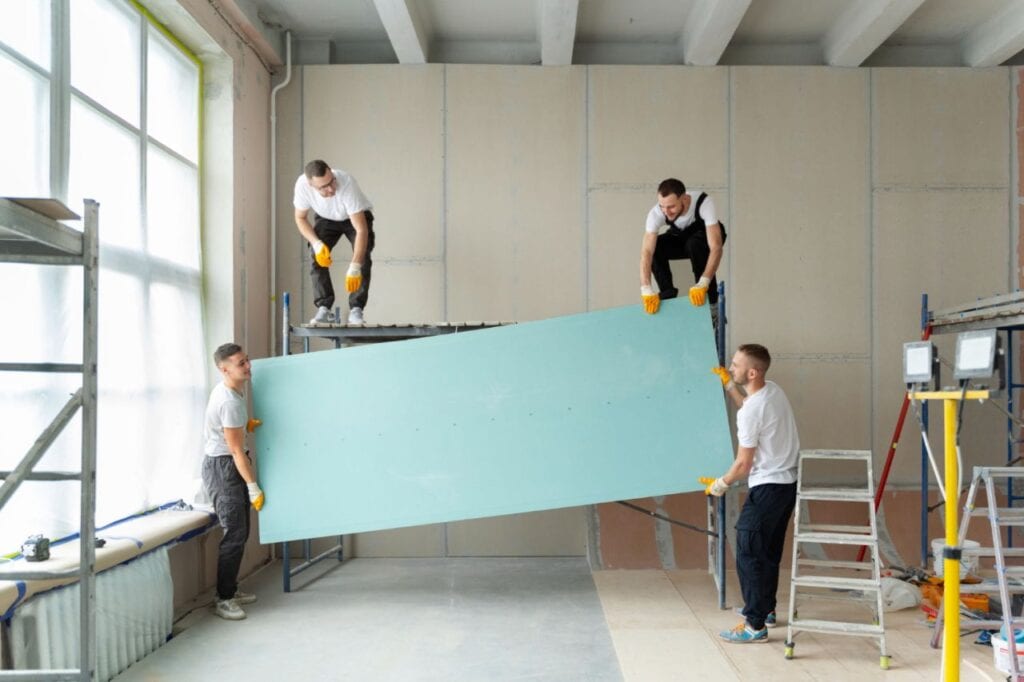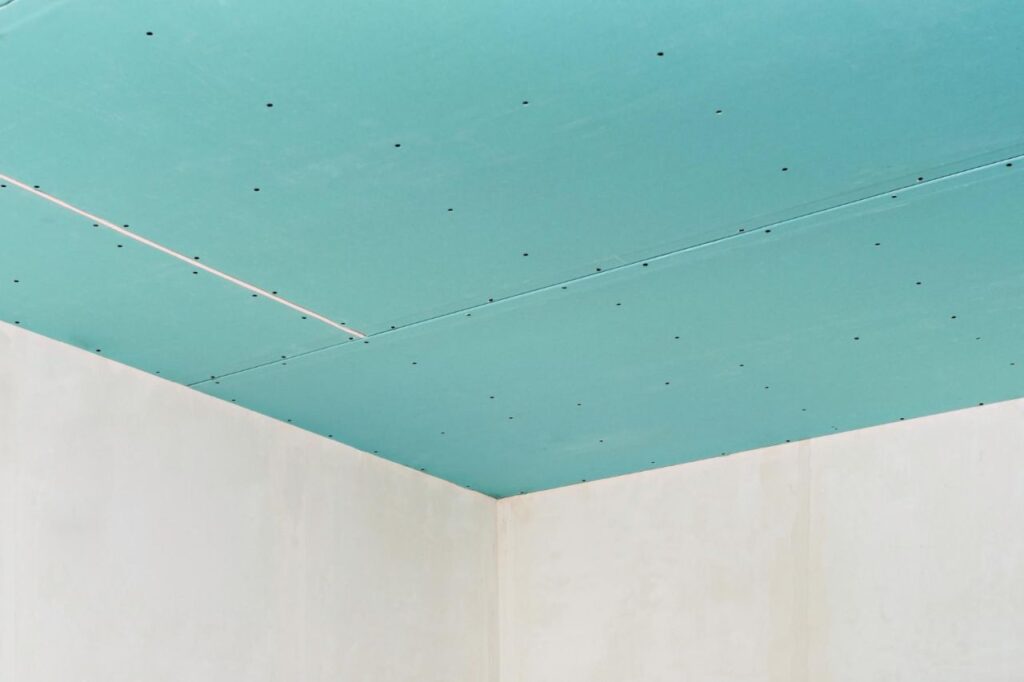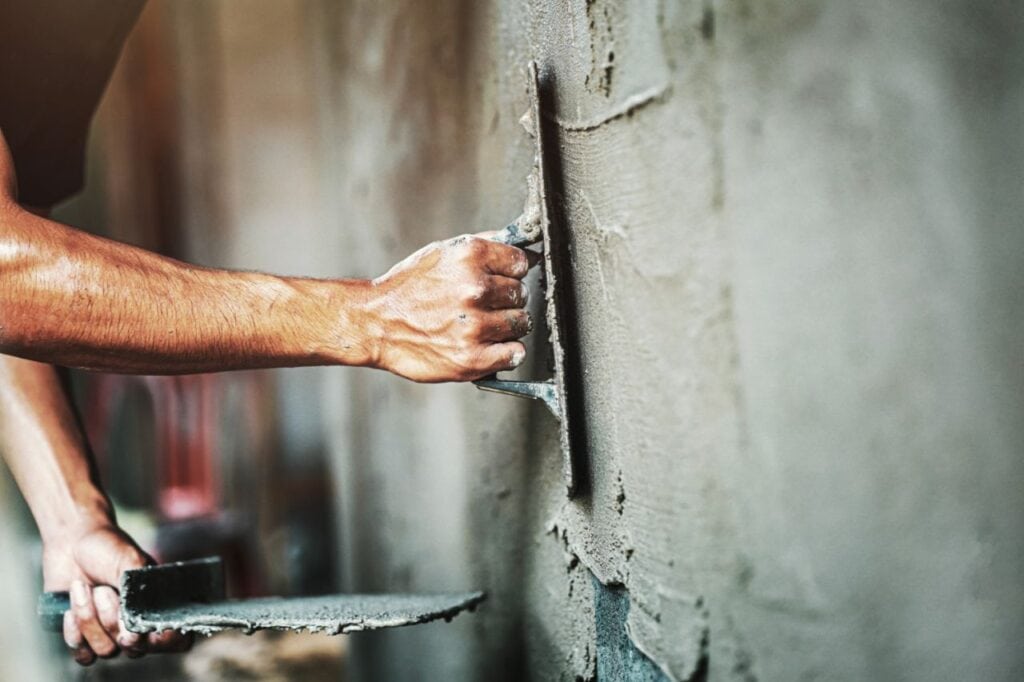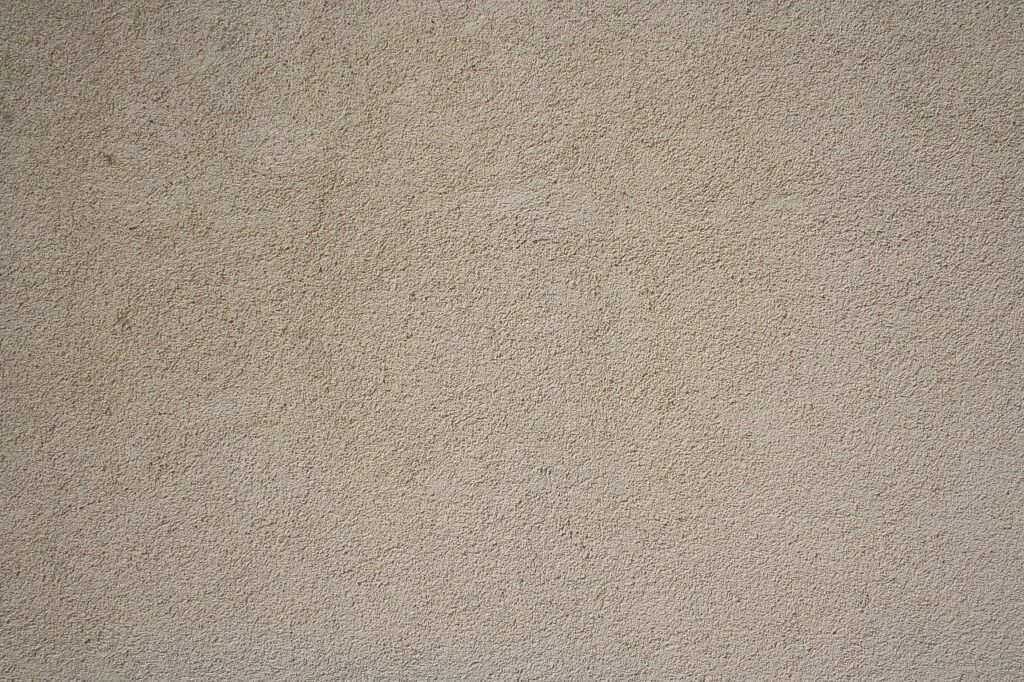Do you know what causes fractures in cement and plaster? Cement plaster is known to be strong and long-lasting, although it can sometimes crack and ruin the otherwise flawless appearance.
This piece investigates what causes these fissures and what circumstances contribute to their growth. Whether you're a homeowner, builder, or construction enthusiast, knowing what causes cracks in cement plaster can help you prevent damage and prolong the life of your walls.
But have no fear! You may reduce the possibility of cracks in your cement plaster by taking preventative measures and employing proper procedures during the plastering process.
In the following sections, we'll investigate each root cause, sharing professional insight and actionable tips for warding off and fixing pesky cracks.
Let's save time before diving into cement plaster and learning to make our walls crack-free.
We engaged a well-known building expert, a seasoned professional, to make sure the data contained here is accurate and trustworthy.
By sharing his knowledge and experience, we hope to provide you with the things to prevent cement plaster from cracking and to keep your walls looking great for a long time.
Let's find out what's causing these fissures in the cement plaster and how to fix them so your work lasts.
Remember that you can have beautiful, crack-free walls that improve the value and appearance of your property by addressing the fundamental causes of cracks and using the right solutions. Now let's go on this instructive adventure and learn how to keep cement plaster from crumbling!
What Is Cement Plaster?
In the construction industry, cement plaster (or cement stucco) is used to decorate and preserve walls and ceilings. It's a combination of cement, sand, and water that, when applied in layers, results in a smooth, long-lasting surface.
It's not uncommon to see cement plaster utilised both indoors and outdoors.
Cement plaster requires the surface to be thoroughly cleaned and free of any pollutants before application. To improve adhesion, a bonding agent might be used. Plaster is made by mixing sand and cement in the right proportions.
To make the mixture more manageable, water is added.
Plaster is often put in many coats using a trowel or sprayer. There is a waiting period between coats to ensure proper curing. The required thickness and sheen will determine the optimal amount of applications.
The topmost layer is often a smooth finish coat troweled or floated to the appropriate thickness and smoothness. There are many advantages of using cement plaster, such as:
- Protection: It covers the underlying structure with a barrier that removes the rain, moisture, and other elements.
- Aesthetic appeal: Different textures can be applied to cement plaster and painted or coated to improve its visual appeal further.
- Durability: Cement plaster, once set, is strong enough to endure impacts and abrasions without cracking.
- Versatility: It's versatile enough to work on a wide range of materials, from brick and metal to concrete and masonry.
- Fire resistance: Because of its natural resistance to fire, cement plaster can be used as a fire barrier.
Why do walls sometimes crack and what are the possible causes?
Before attempting to repair wall cracks in cement plaster, it is essential to ascertain the cause of the damage.
Water damage, subpar materials, and drastic temperature changes are the most common culprits. Let's get into the details of each of these hypotheses:
Water Damage
After water damage, particularly if the water is able to penetrate the mortar, small cracks may appear in the plaster. If a homeowner notices a water pattern on their wall after a big rain or another moisture-related event, it may be a sign that there is an issue with their drainage system or roofing.
Another factor that contributes to cracks in cement plaster is moisture-related problems. Excessive moisture or water leakage can weaken the plaster, causing it to expand and contract, leading to cracks over time. These cracks not only compromise the strength of the plaster but also create an ideal environment for pests, such as termites and ants, which are attracted to damp areas. These pests can exploit the cracks as entry points and establish colonies within your walls. Regular inspections to detect and fix water leaks, along with proper waterproofing measures during the plastering process, can help prevent moisture-related cracks and deter pests from finding their way into your home.
Poor Construction Practice
Intentionally (to shorten the project length or for quick construction, or to reduce money) or accidentally (due to a lack of awareness of construction practises), construction professionals may not adhere to coal regulations.
The risks are high. The following examples of poor building practices could lead to plaster cracks.
- The surface has oil and greasy stains, the seams in the masonry need to be raked properly, etc., and plaster has been poured without prepping the backdrop surface.
- A thick coat is put on the surface to smooth out the wall's imperfections or bring it back into plumb.
- Plastering is finished without using chicken mess at the RCC/masonry interface.
- The mortar requires very fine sand, with a passing percentage greater than 5% by weight through a 100 mesh screen.
- The mortar can't be utilised because the sand or water used to make it is contaminated.
- Poorly prepared mortar, or mortar that was made on a subpar substrate.
- The plaster has not fully cured. Using unclean water for curative purposes, etc.
- Inadequate cement-to-mortar ratio.
Changes in Temperature

When the temperature outside suddenly drops, your plaster wall will likely crack. Because of the material's expansion and contraction in severe weather, cracks may emerge in the wall.
Corrosion of Reinforcements
For optimal performance, the reinforcement is set deep within the concrete.
However, occasionally moisture penetrates the concrete due to its poor quality (porous concrete). Corrosion of reinforcement occurs when water reacts with the cement, destroying the coating that protects it from deterioration.
When reinforcement is corroded, the resulting volume increase causes the reinforcement to push outward, leading to cracks in the concrete.
Because of this, it causes the plaster to crumble. The rust layer that corrosion produces is a byproduct of a self-perpetuating cycle analogous to cancer in the human body.
Cracks in Wall/Structural Elements
The fissure may extend completely through the wall or structural part, making its presence known on both sides. Such fissures typically occur in the structure itself. Avoid hasty judgements when identifying the fractures. Following these guidelines is important when determining whether a fracture is structural.
Foundation Movements
It's not uncommon for the soil close to the foundations to dry out and moisten. Possible causes of foundation shift include seasonal expansion and contraction of expansive soil (black cotton soil).
Uneven loading is another consequence of considering a low safety factor during home design. This means the architect or engineer can pick an important factor (for the structure) at most 1.2. The surface may break as a result.
Natural disasters (earthquakes, floods, storms, etc.) can sometimes apply too much power, weakening the foundation. It helps spread the word about the foundation's initiatives. When differential stress arises in a building part, it's usually because the foundation shifted more than it should have. It could cause cracks or even a total or partial structure collapse. The stresses created within the house due to the abovementioned causes may eventually lead to its complete or partial collapse.
Growth of Vegetation
Plaster cracks can also be caused by large trees or plants that have colonised the area around the house.
Checking For Cracks: What To Look For?
A methodical strategy is required to manage and comprehend construction cracks successfully. You can learn more about the cracks and assess their severity by inspecting them in detail. Let's examine the procedure in detail:
Step 1: Locating the fractures is the first order of business. Finding out if they are embedded in the RCC columns, slabs, beams, or masonry, or if they are only visible on the plaster, is an important step in this process. Understanding what caused the fissures requires finding their source.
Step 2: After finding the source, examine the fracture geometry. What direction are they going? Horizontal? Vertical? Diagonal? The cracks' orientation can be used as a diagnostic tool, as it sheds light on the driving factors.
Step 3: The length of the fractures is an additional consideration. Be mindful of whether or not the fissures are shallower at one end than the other. Differences in depth may indicate the presence of multiple stressors acting on the building.
Step 4: It's also crucial to check the cracks' width. Do they taper off at the ends or stay consistently wide? The width is a measure of the crack's severity and its growth potential.
Step 5: It is critical to evaluate the cracks' depth. You need to find out if they are on the wall's surface (the paint or plaster) or if they go through. Check both sides of the wall to see if the cracks are symmetrical. This data is useful for estimating the level of destruction.
Step 6: A good indicator of the severity of cracks is their age. Clean and unstained Cracks likely occurred recently, whereas those painted over or dirty likely occurred in the past. When deciding how urgently and effectively to mend cracks, it is helpful to consider how long they have been there.
Step 7: Finally, you must know if the fissures are active or inactive. Although some fractures have stopped moving and widening, others are still actively cracking. This categorisation is essential to assess the necessity of repairs and any associated dangers.
Using this systematic approach, one may accurately evaluate and categorise cracks, differentiating between those in the plaster and those with structural repercussions.
How Can Cracks In Walls Be Fixed Effectively?
To effectively repair wall cracks, one must first identify the underlying reason. If settling, moisture, or other issues are not addressed, cracks can worsen. This calls for immediate action to forestall any more destruction or danger.
You may efficiently fix wall cracks and protect your home's structural stability using suitable repair procedures like filling, sealing, and reinforcing.
These techniques, however, may need to be more. We have enlisted the help of a well-known structural engineer to guarantee a thorough understanding of the subject at hand.
They've done work on a wide variety of buildings, from single-family residences to multi-story office complexes.
You'll be able to make educated selections and safeguard your home investment with the help of their expert advice on the best methods for repairing wall cracks.
- DIY cement mortar repairs are often effective for small cracks and hairline fractures. If the break is particularly large or there is visible water damage, however, it's recommended that you seek the advice of a professional before making repairs.
- Before repairing outside walls, it is recommended to have a structural engineer inspect the area. A professional should be called in immediately if you notice any vertical cracks in your home's foundation.
- Reactive soils may also cause wall cracks. Therefore, inspecting the area for any problems before repairing the walls is crucial.
Conclusion
Cement plaster is a mixture of cement, sand, and water used to cover and protect walls and ceilings. It's manufactured by mixing sand and cement in the appropriate quantities and applying it after making sure the surface is clean and free of impurities.
Applying plaster with a trowel or sprayer usually requires multiple applications, with drying time in between each application. How many coats of plaster are necessary to get the desired thickness and sheen? Cement plaster's various benefits include its fire resistance, durability, adaptability, and aesthetic appeal.
Water damage, inferior materials, and extreme temperature variations can all cause cracking. Before attempting to fix wall cracks in cement plaster, it is vital to determine what caused them, which might be anything from water damage to bad construction practices to improperly prepared mortar to an insufficient cement-to-mortar ratio or even just temperature fluctuations.
Plaster cracks can be the result of careless construction methods, including failing to remove oil and grease stains, failing to rake masonry seams, or pouring plaster without first preparing the background surface.
The most crucial aspects of this literature are the explanations for why walls and other structural elements break. Reinforcements corrode when water reacts with the cement, peeling off the protective coating that has kept it in good condition up until now.
There are times when cracks in walls or other structural parts go all the way through to the other side. Differential stress, uneven loads, natural calamities, and seasonal expansion and contraction of expansive soil are all potential causes of foundation movement.
Vegetation expansion is another potential cause of plaster damage. Successfully managing and understanding building cracks requires a disciplined approach to inspecting them in depth. The most crucial information is the fissures' origin, fracture shape, fracture length, crack width, crack depth, fissure age, fissure severity, and whether or not the fissures are currently active.
Understanding the origin of the cracks requires knowing this information. It is impossible to determine repair needs and related risks without first classifying the damage. Finding the source of the problem and then employing the proper repair methods, such as filling, sealing, and reinforcing, is essential for fixing wall cracks.
If you have wall cracks, a reputable structural engineer can provide you advice on how to fix them. DIY cement mortar repairs can be helpful for minor cracks and hairline fractures, but it's best to get expert assistance first. A wall may crack due to reactive soils.
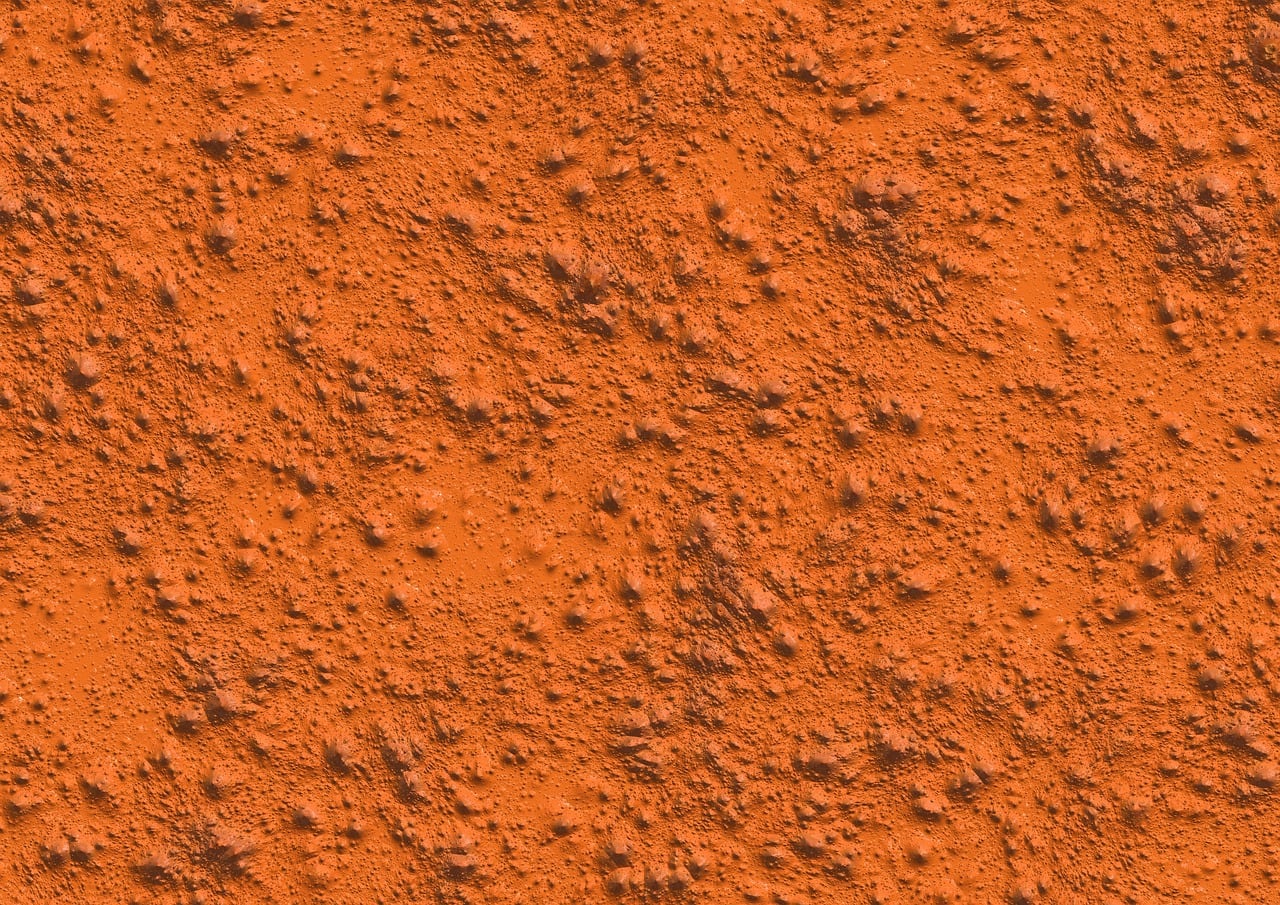
Content Summary
- Cement plaster is known for its strength and durability, but it can develop cracks.
- Understanding the causes of cracks in cement plaster can help prevent damage.
- Taking preventative measures and following proper plastering procedures can reduce the risk of cracks.
- A building expert's knowledge and experience can provide accurate information on preventing cracks in cement plaster.
- Crack-free walls enhance the value and appearance of a property.
- Cement plaster is a combination of cement, sand, and water used for decorating and preserving walls.
- Thorough cleaning and the use of a bonding agent improve the adhesion of the plaster.
- Cement plaster can be used both indoors and outdoors.
- The advantages of cement plaster include protection, aesthetic appeal, durability, versatility, and fire resistance.
- Water damage, poor construction practices, temperature changes, and corrosion of reinforcements are common causes of cracks.
- Water damage can result from issues with drainage systems or roofing.
- Poor construction practices, such as inadequate surface preparation or improper mortar usage, can lead to cracks.
- Sudden temperature changes can cause plaster walls to crack.
- Corrosion of reinforcements due to poor-quality concrete can result in cracks in plaster.
- Cracks can occur in the structure itself or in wall/structural elements.
- Foundation movements, including soil drying out or moistening, can cause cracks.
- Natural disasters and the growth of vegetation around the house can also lead to plaster cracks.
- A methodical strategy is needed to manage and understand construction cracks effectively.
- Locating the fractures and determining their source is the first step in assessing cracks.
- Examining the orientation, length, width, and depth of cracks provides valuable information about their severity.
- The age of cracks can indicate their urgency for repair.
- Differentiating between active and inactive cracks helps assess the need for repairs.
- Identifying the underlying reason for wall cracks is crucial for effective repairs.
- Repair procedures such as filling, sealing, and reinforcing can protect the structural stability of the home.
- Seeking professional advice is recommended for large cracks, visible water damage, or vertical cracks in the foundation.
- Structural engineers can inspect the area and provide expert advice on repairing wall cracks.
- DIY cement mortar repairs are suitable for small cracks and hairline fractures.
- Professional assistance should be sought for outside wall repairs and vertical foundation cracks.
- Reactive soils should be inspected before repairing walls to prevent further cracks.
- Understanding the causes and implementing proper repair techniques can help keep walls crack-free and preserve the property's value.
FAQS About Cement Plaster
Yes, poor workmanship can contribute to cracks in cement plaster. Improper mixing of materials, incorrect application techniques, and insufficient thickness of the plaster can all lead to cracking. It is essential to ensure that the plaster is applied evenly, with proper thickness and appropriate bonding with the underlying surface.
Environmental factors can have a significant impact on the development of cracks in cement plaster. Changes in temperature and humidity levels can cause the plaster to expand or contract, leading to cracks. Additionally, exposure to excessive moisture, such as rain or water leakage, can weaken the plaster and make it more susceptible to cracking.
Various types of cracks can occur in cement plaster, including shrinkage cracks, settlement cracks, thermal cracks, structural cracks, and hairline cracks. Each type has different causes and characteristics, but they all indicate potential issues with the plaster or the underlying structure.
Yes, a lack of proper reinforcement can contribute to cracks in cement plaster. Without adequate reinforcement, the plaster may not have enough tensile strength to withstand structural movement or external stresses, resulting in cracks. Using reinforcing materials like metal lath or fiberglass mesh can help prevent such cracks.
Structural settling refers to the gradual sinking or shifting of a building over time. As the structure settles, it can cause stress and movement in the plaster, leading to cracks. Adequate foundation design and construction, as well as regular monitoring of any signs of settlement, can help prevent or mitigate such cracks.

